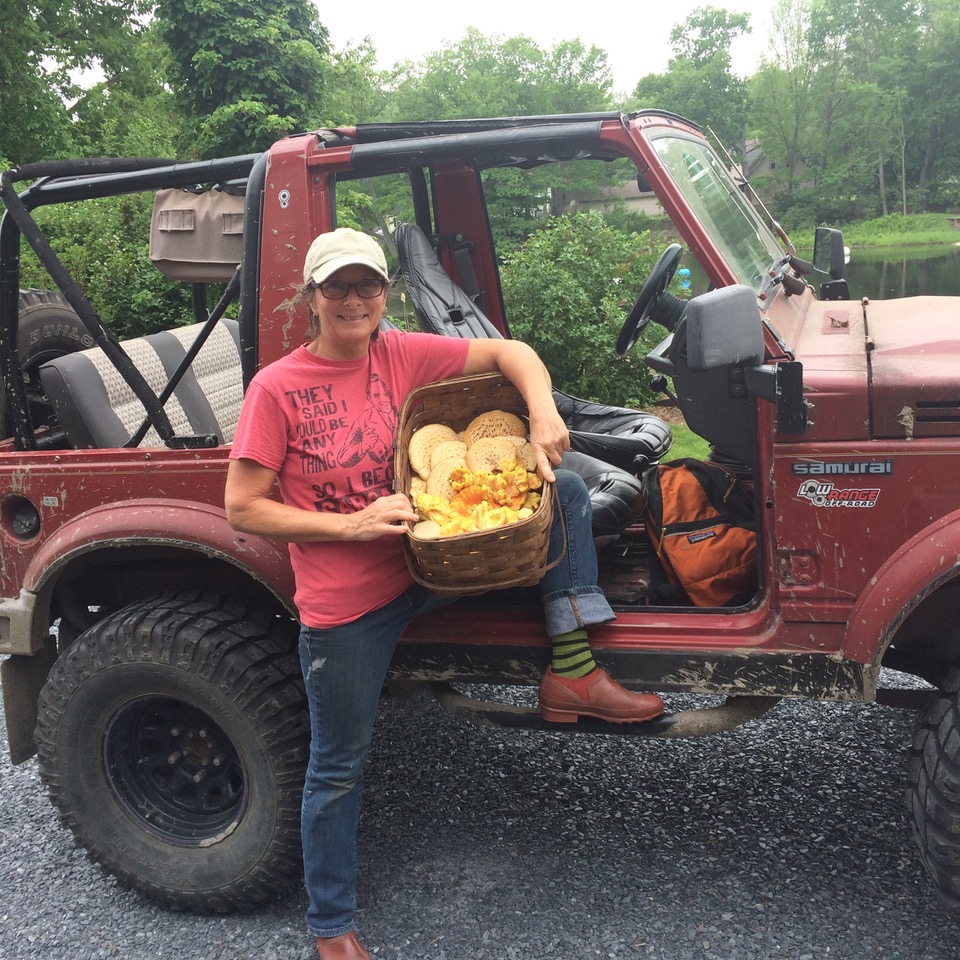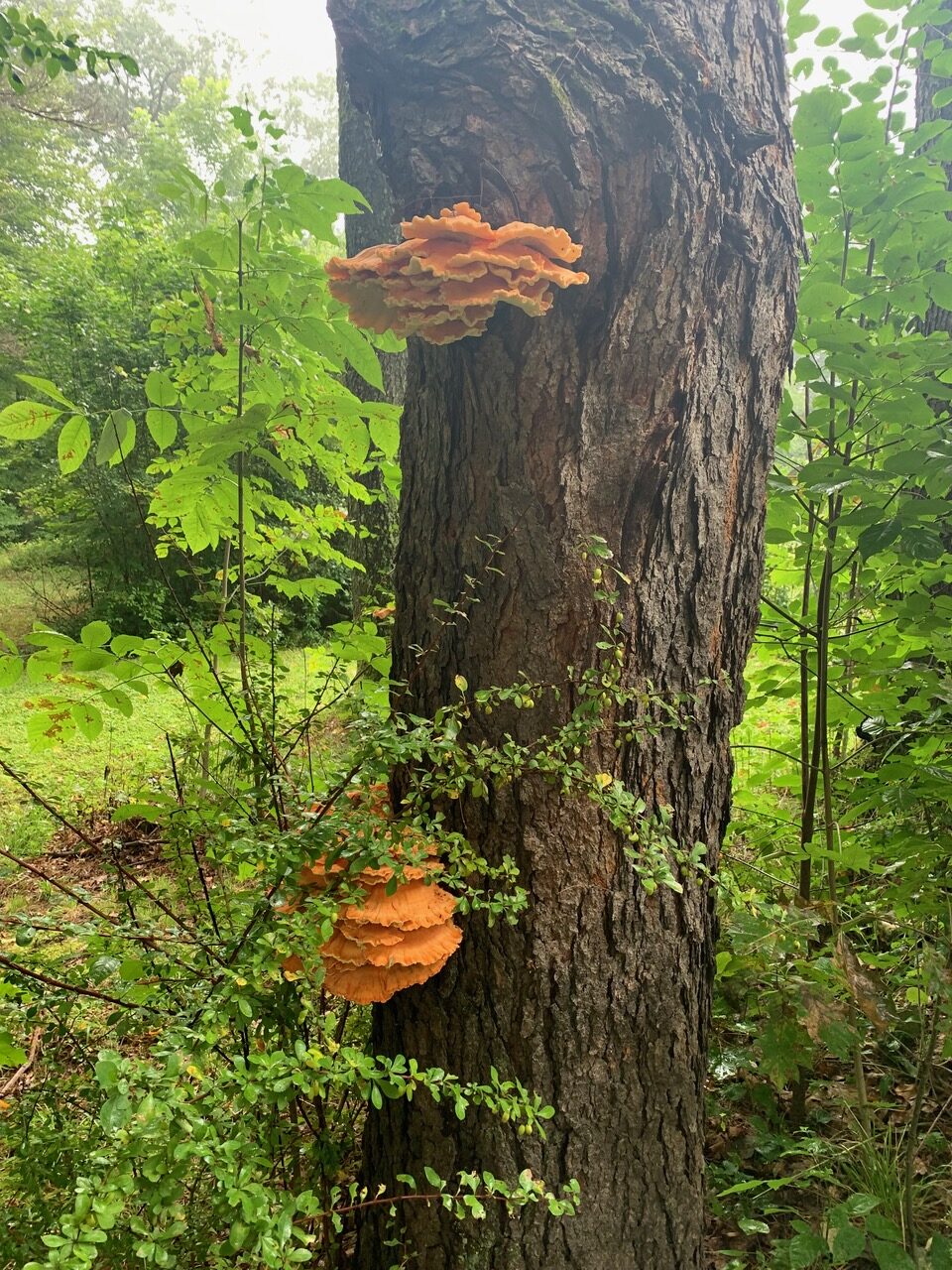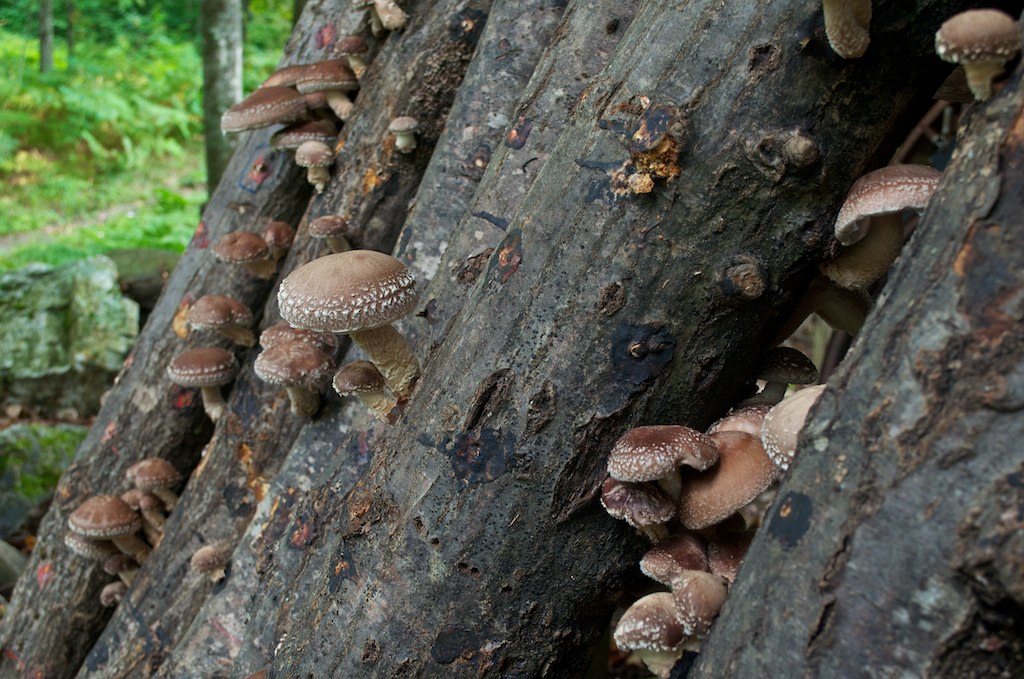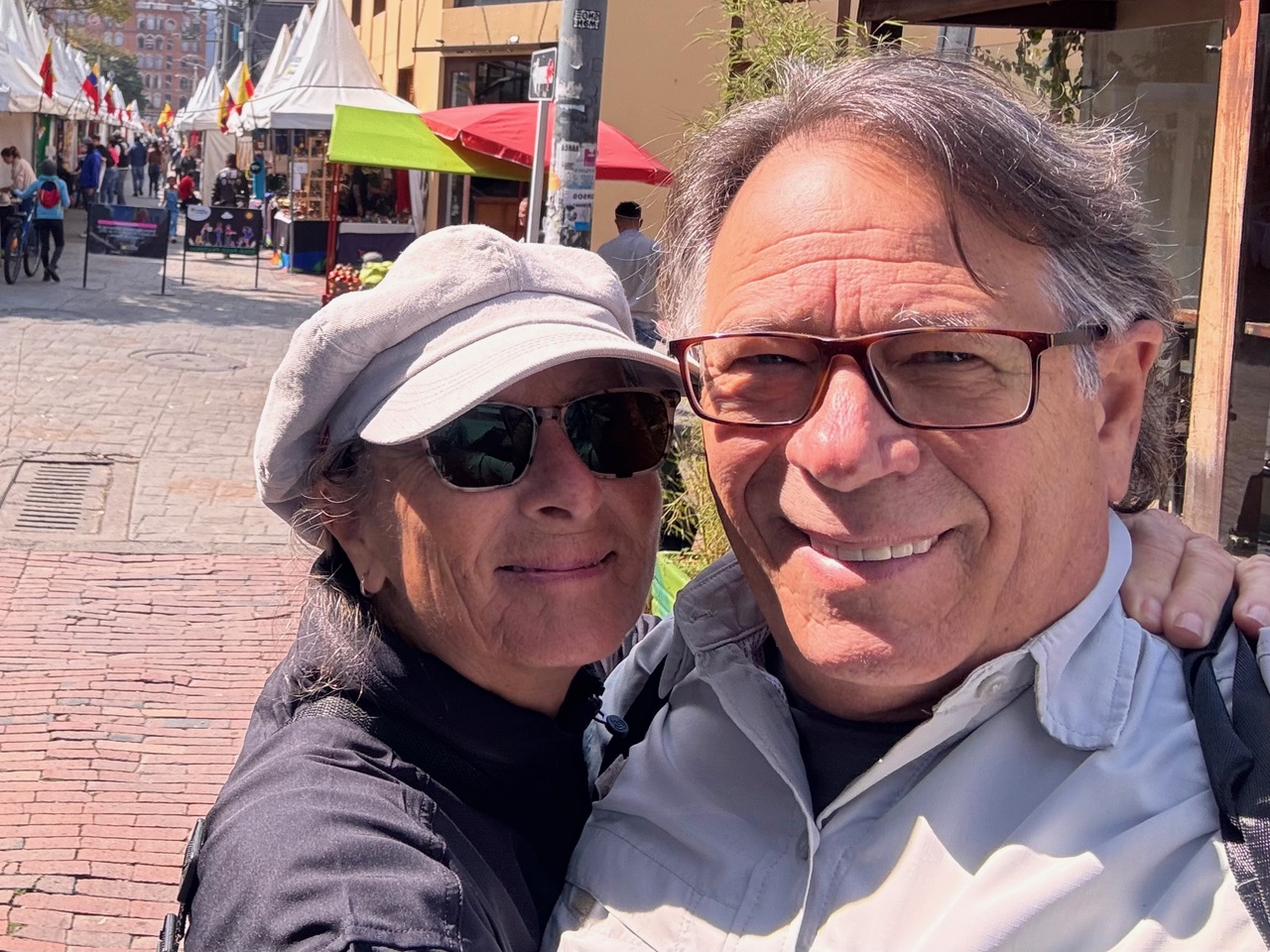Mushroom Foraging in the Sugar River Region
Mushroom Foraging in the Sugar River Region
Mushroom foraging in the Sugar River Region might not be an activity you have heard of before. For locals Ed and Lori, it is a part of their lifestyle as a hobby and pastime. Ed shares his experiences with his wife Lori and the science, skills, and stories they’ve learned and gathered through foraging.
Hunting for Mushrooms with the Princess
The dirt road has deteriorated into a path not much wider than my red, 1986 Suzuki Samurai. Equipped with oversized 33-inch ProComp tires and a geared down transfer case, the Sammy is practically unstoppable, so the deep, mud-filled tire tracks in the lane pose no real problem. She is one rugged little vehicle which we have named, ironically, the Princess.
The tall white pine, oak, and beech trees on either side of me loom over the road forming a tunnel. I’m on my way home from work but I feel like I am in the deep forest though I have only just detoured from Route 12A in Plainfield, NH. Every now and then I get a glimpse through the mid-summer foliage of the mighty Connecticut River off to my right. Because the Princess has no doors and only a Bikini top, I fend off the occasional small branch as we creep along in low gear.
The Mushroom Discovery
As I round a curve, I spot, dead ahead, a massive fallen log to the left of the track. The top of the log is covered in a fiery-orange fungus I am nearly positive I have seen pictures of. I pull next to the log and snap a photo of the glorious display with my phone. This, almost certainly, is a growth of chicken of the woods mushrooms, a choice, edible mushroom found all around New England and elsewhere.
I turn off the motor, pile out of the Princess and carve off a piece of the fungus to take home for further identification. This mushroom is one of the easiest to identify, but my wife, Lori, and I have a strict agreement about being super careful with verification. I want her opinion before I take anymore. And I want to return here with her so she can witness the beautiful orange display for herself. If we agree on the species, we can do the harvest together, something we have been working toward for some time: identifying and harvesting wild mushrooms to eat and use for medicines. This find feels like the culmination of a journey we have been on for some time. I can’t wait to get home to share the prize!
Mushroom Foraging in the Sugar River Region
That discovery, over ten years ago, still stands out in my mind as one of our most exciting mushroom encounters. And yes, it was chicken of the woods, laetiporus sulphureus, or sulphur shelf, a creamy-orange, sometimes reddish, shelf mushroom that frequently grows on fallen deciduous and conifer logs. Properly prepared, it does indeed taste like chicken meat. Back then, Lori and I often wandered the forests near where we live in Claremont, New Hampshire. Either walking with our two dogs or romping with our children, the woods were always a special part of our outdoor lives. Lori especially loves the forest. Having lived on eighty acres in Unity, NH, she has a broad knowledge of plants and trees.
When we first became serious about identifying wild mushrooms, the process seemed so mysterious, even dangerous. After all, eating the wrong mushroom, we’d read, could lead to serious gastrointestinal upset or worse. And so many mushrooms look similar, especially ground mushrooms. Our attempts at identification seemed to lead to the same conclusion: uncertainty. And our motto was; when in doubt, don’t.
Finally, after lots of frustrating failures, we began to focus on mushrooms that grew on trees. That narrowed things significantly and proved to be key, at least for us, to begin to make some verifiable distinctions between edible species and ones that were not. Once we were able to unmistakably identify a small range of tasty tree mushrooms, our confidence grew.
Culinary Mushrooms
Along with chicken of the woods, we added delicious table mushrooms such as oyster mushrooms, pheasant-back mushrooms, lion’s mane, shitake, hen of the woods (maitake), and various puff mushrooms. This variety was sufficient to allow us to gather culinary mushrooms at various times of the year from early spring into late fall. One would think that we had to be wandering through the wilds three seasons of the year to discover those edibles, and in fact, we did, and still do, comb the forest for those exciting finds. But we have also found that within the Sugar River Region, an abundance of mushrooms grows all around us, so locating mushrooms can be a lot easier than one might think, and lots of fun! More on that later.
Medicinal Mushrooms
Aside from mushrooms suitable for the table, there are many, many medicinal ones. Making medicinal tinctures is something Lori is adept at and passionate about. She helped her Italian Noni pick mushrooms in the backyard, where she also picked and ate dandelion greens and later, fiddleheads. In our pantry there are rows of jars full of tinctures in various stages of development. Lori uses Chaga, Lion’s Mane, and Reishi mushrooms among others to create healing potions that one can buy commercially. Like many Native Americans, she is a strong believer in elderberry tincture as well.
Our Story
Lori’s connection to foraging wild food is stronger than mine. She has a genuine generational link to the process. She values the importance of foraging, harvesting and preserving wild and cultivated food. Though she downplays her expertise in those areas, I am continually in awe of her knowledge of the natural world.
I grew up hunting and fishing in the Louisiana bayou country where we regularly prepared and put food on the table from our own effort. That put me outdoors on the water and in the woods. So, if anyone were to ask me how Lori and I became interested in foraging for food, I’d have to say the impetus arose from our individual experiences and curiosity about nature. We are fortunate to live in such an abundant and beautiful part of the country where the pursuit of those interests is so rewarding. Had we met earlier, I can easily imagine that Lori and I might have been successful homesteaders. Now, as retirees, we have the time to more fully explore interests we had less time for when we were younger. Wild food and mushroom foraging in the Sugar River Region is a pastime. But it is an invaluable bundle of skills well worth the time to develop.
About The Author
Edward Corley, now retired from a career in small business writes, sails, hikes, and forages for wild mushrooms with his wife and partner, Lori. They live on the banks of the Sugar River in Claremont.



